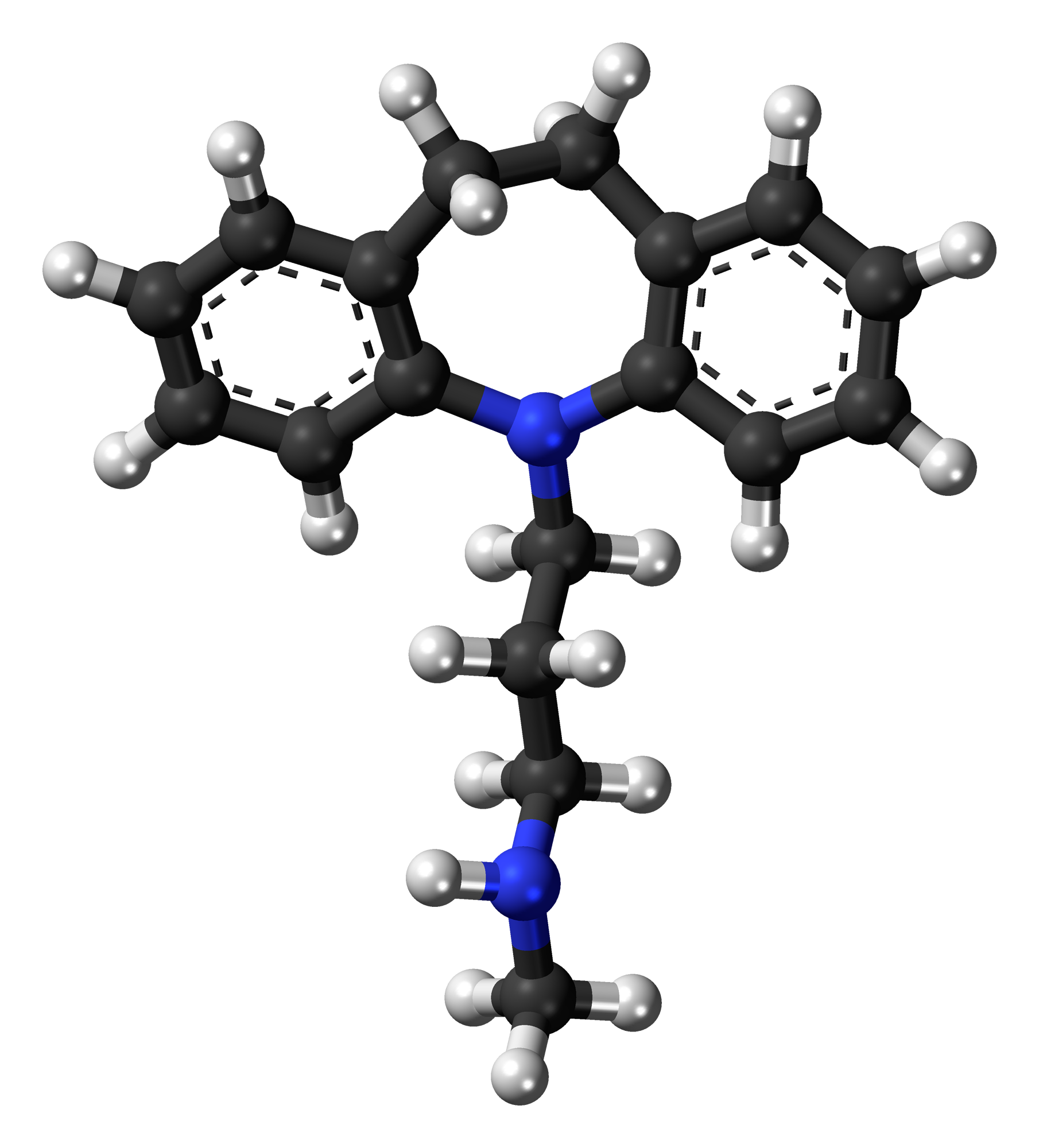| name | Desipramine |
| classification | Tricyclic antidepressant (TCA) |
| pharmacokinetics | | absorption | Well absorbed after oral administration, peak plasma levels typically reached within 2-8 hours. | | distribution | Distributed throughout the body, with high concentrations in the brain and other tissues. | | metabolism | Metabolized primarily in the liver by the cytochrome P450 system, particularly CYP2D6. | | excretion | Excreted primarily in the urine as metabolites. |
|
| suggested dosage | | initial | 25-50 mg orally once or twice daily, gradually increasing to a maximum of 150-300 mg daily over several days. | | adult maintenance | Adjust dose based on response and tolerance, but usually between 75-225 mg daily. | | patient specific note | Individual dosage needs to be determined carefully by a healthcare professional. The dosage may need to be adjusted based on factors like patient response, age, weight, and presence of other medical conditions. This dosage information is for general knowledge only and should not be used as a substitute for professional medical advice. |
|
| indications | Desipramine is primarily indicated for major depressive disorder (MDD) in adults. It may also be used for other conditions, including enuresis, but needs to be confirmed by a specialist. |
| safety in pregnancy | Desipramine is a pregnancy category C drug. There are no large-scale studies specifically regarding its effects on pregnant women, and the potential risk to a developing fetus needs to be considered carefully. Consult with your healthcare professional before use if you are pregnant or planning a pregnancy. Desipramine's potential for placental transfer is a concern. |
| safety in breastfeeding | Desipramine is excreted in breast milk. The potential risk to a nursing infant needs to be carefully considered. Consult with your healthcare professional before use if you are breastfeeding or planning to breastfeed. |
| side effects | | 1 | Dry mouth | | 2 | Blurred vision | | 3 | Constipation | | 4 | Urinary retention | | 5 | Dizziness | | 6 | Weight gain/loss | | 7 | Sedation | | 8 | Tremor | | 9 | Cardiac arrhythmias | | 10 | Orthostatic hypotension | | 11 | Seizures (at high doses) | | 12 | Elevated blood pressure | | 13 | Increased heart rate | | 14 | Hallucinations | | 15 | Confusion |
|
| alternatives | |
| contraindications | | 1 | Known hypersensitivity or allergic reaction to desipramine or other TCAs. | | 2 | Severe heart conditions (e.g., recent MI, uncontrolled arrhythmias). | | 3 | Narrow-angle glaucoma. | | 4 | History of urinary retention or severe prostatic hyperplasia. | | 5 | Treatment with MAOIs (monoamine oxidase inhibitors) within the last two weeks. |
|
| interactions | | 1 | Use with other drugs that affect the central nervous system may increase risk of side effects (e.g., alcohol, benzodiazepines). | | 2 | Some drugs can alter desipramine metabolism, potentially leading to toxicity (e.g., cimetidine, verapamil). | | 3 | Serotonergic agents may increase risk of serotonin syndrome. Consult with your healthcare professional before taking any other medications. |
|
| warnings and precautions | | 1 | Close monitoring of blood pressure and heart rate is crucial. | | 2 | Patients with a history of seizures, mania, or suicidal tendencies should be monitored carefully. | | 3 | Caution with patients with pre-existing cardiac conditions, due to potential effects on cardiovascular function. | | 4 | Sudden discontinuation may lead to withdrawal symptoms. | | 5 | Avoid driving or operating machinery when side effects like dizziness are present. |
|
| additional information | | important notes | | 1 | Desipramine has a potential for overdose. Seek medical attention immediately if you suspect an overdose or experience severe or unusual symptoms. | | 2 | TCAs, including desipramine, are associated with increased risk of suicidal ideation or attempts. Patients taking these medications must be closely monitored and should seek professional support for mental health issues. |
| | patient age weight considerations | While the listed dosage is general, patient-specific needs require careful consideration. Factors such as a 25-year-old male weighing 70 kg are considered within the typical range, but proper dose titration by a medical professional is essential to optimize treatment and avoid adverse effects. |
|

